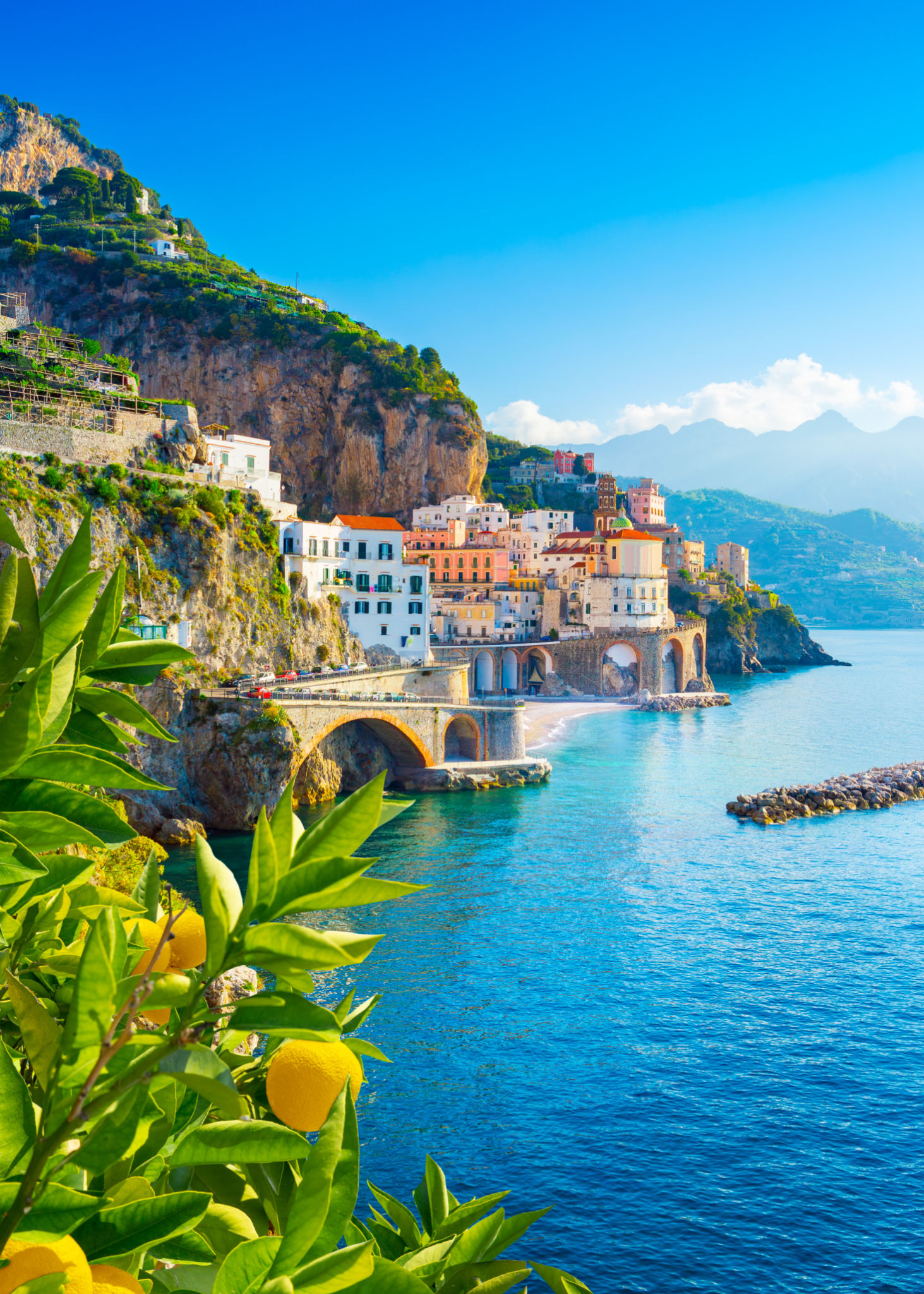Debunking Myths: Common Misconceptions About Tuscan Cooking
Introduction to Tuscan Cooking
When we think of Tuscany, images of rolling hills, sun-drenched vineyards, and rustic cooking often come to mind. However, there are several myths surrounding Tuscan cuisine that can lead to misunderstandings about this rich culinary tradition. In this blog post, we will debunk some of these common misconceptions and offer a clearer picture of what authentic Tuscan cooking truly entails.

Myth 1: Tuscan Cooking Is All About Pasta
While pasta is an integral part of Italian cuisine, Tuscan cooking is not solely focused on it. In fact, Tuscans are known for their love of simple, rustic dishes that highlight local ingredients. Bread plays a much more significant role in Tuscan meals, often serving as the base for dishes like panzanella, a salad made with stale bread and tomatoes, and ribollita, a hearty bread soup.
Myth 2: Tuscan Dishes Are Always Complex
Another common misconception is that Tuscan dishes require elaborate preparation and a myriad of ingredients. In reality, the beauty of Tuscan cooking lies in its simplicity and reliance on fresh, seasonal produce. Dishes like bistecca alla fiorentina, a simple yet delicious grilled T-bone steak, exemplify this minimalist approach.

Myth 3: Olive Oil Is Used Sparingly
It is often assumed that olive oil is just another ingredient in Tuscan cooking. However, it is actually a cornerstone of many Tuscan dishes. High-quality, locally-produced olive oil is used generously in cooking, dressing salads, and even drizzling over bread.
The Role of Meat in Tuscan Cuisine
Many people believe that Tuscan cuisine is predominantly vegetarian due to the emphasis on vegetables and grains. While these ingredients are indeed staples, meat also plays a vital role. Wild game such as boar and rabbit are frequently featured in traditional recipes. Additionally, cured meats like finocchiona and lardo di Colonnata are cherished delicacies.

Myth 4: Tomato Sauces Dominate Tuscan Cooking
While tomato-based sauces are popular across Italy, they are not as prevalent in Tuscany as one might think. Instead, Tuscans prefer the use of legumes and beans, such as cannellini, which are often cooked with herbs and garlic to create flavorful dishes without relying solely on tomatoes.
The Influence of Wine on Tuscan Cooking
Tuscany is renowned for its wines, but their influence extends beyond pairing with meals. Wine is frequently used as an ingredient in cooking, adding depth and richness to sauces and stews. Recipes like cacciucco, a seafood stew from Livorno, benefit greatly from the addition of wine.

Conclusion: Embracing Authenticity
Understanding the myths and truths about Tuscan cooking allows us to appreciate this culinary tradition more fully. By embracing the use of fresh ingredients, simple preparations, and local flavors, we can enjoy authentic Tuscan cuisine in its truest form. Whether you're savoring a bowl of ribollita or relishing a perfectly cooked bistecca alla fiorentina, the essence of Tuscany shines through in each bite.
